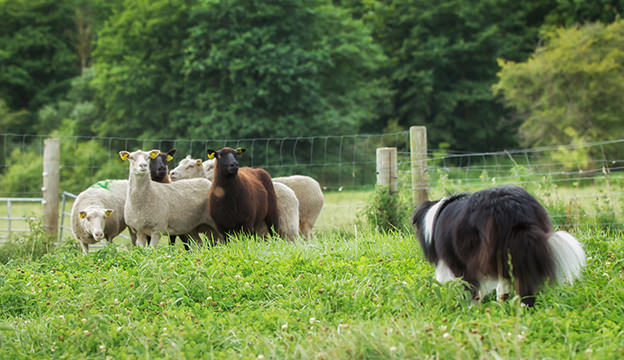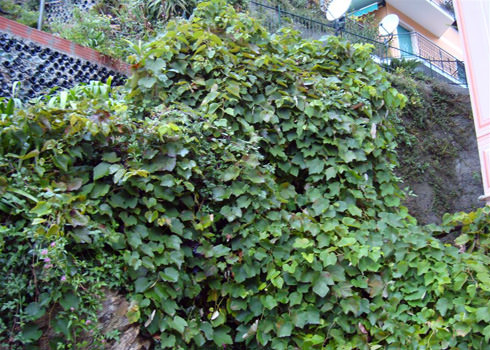Newcastle Disease Infects Northern BirdsObserve your chickens for symptoms of Newcastle disease, and implement biosecurity measures to keep them safe. Observe your chickens for symptoms of Newcastle disease, and implement biosecurity measures to keep them safe. By Rebecca MumawNewcastle disease, backyard chickens, backyard flock, birds, wild birds, healthy chickensA virulent form of the viral Newcastle disease has swept through areas of Minnesota and the Wisconsin peninsula, leaving thousands of pelicans, cormorants and gulls dead in its path and threatening the health of small-farm flocks. newsSeptember 28, 2010
 Courtesy Stock.XCHNG Practice biosecurity measures on your small farm to keep your chickens safe from illnesses like Newcastle disease. |
Cool breezes and fall-like weather aren’t the only things blowing down from the North this time of year. A virulent form of the viral Newcastle disease has swept through areas of Minnesota and the Wisconsin peninsula, leaving thousands of pelicans, cormorants and gulls dead in its path and threatening the health of small-farm flocks.
Virulent Newcastle disease is not normally present in the United States. Cormorants commonly carry a nonpathogenic form of Newcastle disease that remains dormant in the birds. This recent strain of the virus, however, is more infectious, causing death in wild birds and posing a threat to poultry keepers in the region. The cormorants will soon begin their fall migration and carry with them the potential to infect wild and domestic birds along the way.
Robert Ehlenfeldt, DVM, Wisconsin State Veterinarian, recently expressed his concern that backyard chicken keepers keep their birds away from wild waterfowl.
“The problem with Newcastle this year, as it has been in the past, at least in the Midwest, has been with waterfowl. We have had no reports of problems in poultry flocks,” says Ehlenfeldt. “Nonetheless, small flock owners should always try to keep their birds away from wildlife, especially waterfowl.”
Newcastle Disease Symptoms
Newcastle virus primarily affects the nervous system but can also affect other systems in the body. Symptoms in poultry may include:
- sudden death
- depression
- loss of appetite
- decreased egg production
- coughing and gasping
- green, watery diarrhea
- twisted neck, drooping wings or paralysis
- swelling of the head and neck
Newcastle Disease Transmission
Newcastle is contagious among birds and can be spread by contact with sick birds and contaminated objects, such as feed, water equipment and human clothing. The virus can survive as long as 12 months in chicken houses and chicken feces. Fortunately, most methods of cleaning, including common disinfectants, sunlight and fumigants can help kill the disease.
Newcastle Disease Prevention
Taking biosecurity measures is important in protecting your small-farm chickens from Newcastle disease contamination. Here are some tips for keeping your flock safe:
- Purchase only healthy chickens from reputable sources.
- Isolate newly purchased chickens for at least three weeks to be sure they’re healthy before introducing them to your flock.
- Always wash vehicles, clothes and equipment that have come in contact with other poultry.
- Keep chicken feeders, waterers, and other equipment clean and disinfected.
- Keep chicken feeders and waterers covered to prevent contamination by wild birds.
- Limit access to your chickens by other poultry owners.
Newcastle Disease Treatment
There is no treatment for the virulent strain of Newcastle disease, and infected poultry flocks must be humanely euthanized. This may be particularly difficult for small-flock owners who have considerable investment in their chickens and depend on the income from the eggs and meat. All chicken keepers have a responsibility to help stop the spread of a virulent and highly contagious disease that could result in millions of dollars in damage to other poultry farmers in their area.
Public Health Concerns
Fortunately, Newcastle disease does not pose a threat to human health. Eggs and meat from infected birds are safe to eat; however, people working in close proximity with infected birds may develop a mild conjunctivitis or pinkeye.
















